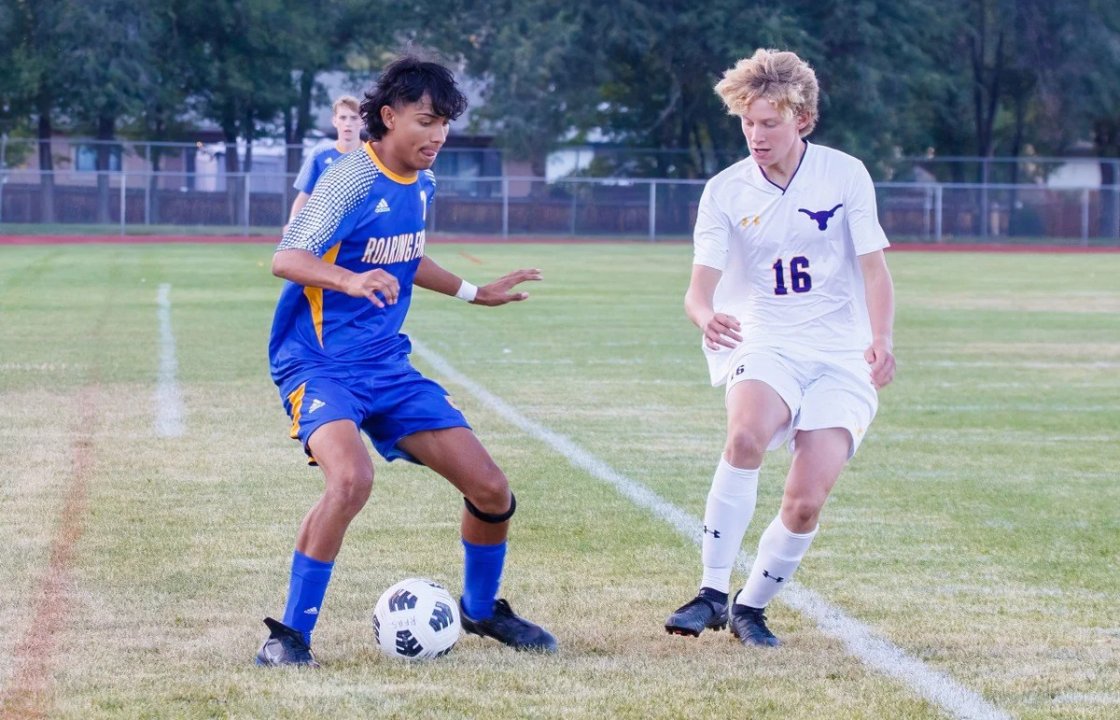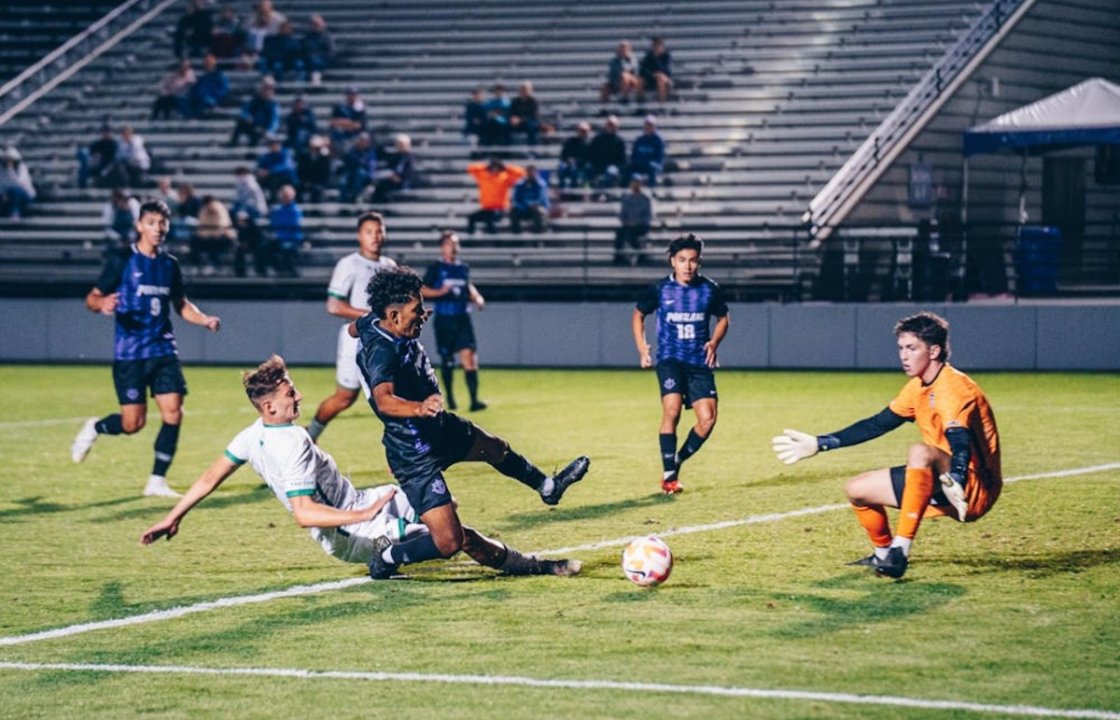Soccer in the United States is changing rapidly, and Latino athletes are at the heart of this transformation.
The Latino Influence in American Soccer
The growth of soccer in the U.S. has been fueled in large part by the Latino community. Across cities like Los Angeles, Houston, Miami, and New York, you can hear the echoes of the sport in neighborhood fields, community parks, and local leagues. These athletes bring not only their skill but also their passion and cultural connection to the game, helping shape a soccer identity that reflects the country’s diversity.
From grassroots programs to professional academies, Latino players have elevated the level of competition and inspired more families to embrace soccer as a way of life. Their love for the game, often rooted in family traditions from countries such as Mexico, Colombia, El Salvador, and Argentina, adds a unique flavor to American soccer culture. This cultural infusion has created a vibrant playing style, characterized by creativity, flair, and resilience.
Breaking Barriers and Building Opportunities
While Latino athletes have made significant contributions, their journey has not always been easy. Access to elite training and exposure to professional scouts have historically been more challenging for many Latino players. Socioeconomic barriers and limited infrastructure in certain neighborhoods once made it difficult for talented athletes to enter competitive pathways.
However, this reality is changing. MLS academies, U.S. youth soccer programs, and community initiatives are increasingly recognizing the talent pool within Latino communities. Organizations now work to identify and develop players who may not come from traditional soccer backgrounds. This shift is allowing more Latino stars to rise and influence the national scene.

One cannot ignore the impact of role models like Claudio Reyna, Herculez Gomez, Ricardo Pepi, and Jesús Ferreira. These players have shown young Latino athletes that dreams are achievable and that heritage can be a source of strength on the field. Their visibility and success encourage clubs to scout more inclusively and invest in diverse talent pipelines.
Latino Athletes and the Growth of Major League Soccer
The MLS has become a stage for Latino excellence. Many clubs are strategically recruiting Latino and Latin American players, recognizing how style, energy, and community connections contribute to team success and fan engagement. Cities with large Hispanic populations like Los Angeles and Houston have seen attendance surge, as fans connect with players who reflect their culture and passion.
Latino influence also extends beyond the domestic league. With more bilingual and bicultural players in the U.S. Men’s National Team, the team is now bridging communities and inspiring young Latino athletes to pursue soccer at the highest level. The diversity of backgrounds and styles makes the American game more unpredictable and entertaining, helping soccer compete with traditional U.S. sports like football and basketball.
Cultural Identity Meets Athletic Performance
What sets Latino athletes apart is not just their technical skill but also their emotional connection to the sport. For many, soccer is family, community, and heritage all in one. This passion is evident in their playing style, which often emphasizes creativity, quick decision-making, and ball mastery.
Coaches across the country now recognize the value of integrating cultural understanding into training. Programs that respect and embrace Latino traditions, such as street soccer and futsal, often see rapid player development. By blending tactical discipline with cultural flair, the future of U.S. soccer is becoming more dynamic and inclusive.

The Road Ahead: Inclusion as a Growth Engine
The future of U.S. soccer will depend heavily on how well it embraces and develops Latino talent. By investing in community programs, fostering bilingual coaching, and removing economic barriers, the country can unlock the full potential of this passionate player base.
Inclusion is not just socially important; it is strategically essential. As the 2026 FIFA World Cup approaches, the spotlight will shine on the diversity of the American game. Latino athletes will continue to inspire new generations, fill stadiums, and shape the U.S. soccer identity in ways that resonate both locally and internationally.
Connecting to SIA Academy
At SIA Academy, we understand the power of inclusion and the importance of cultural diversity in soccer. Our international high-performance programs bring together players from different countries and backgrounds, allowing them to share experiences and learn from each other’s styles. In our training sessions, we value the creativity and intensity that Latino athletes naturally bring to the game, helping them refine their skills while preparing for professional opportunities. By fostering diversity and inclusion, we not only improve individual performance but also enrich the collective soccer culture, aligning perfectly with the evolution of U.S. soccer.


